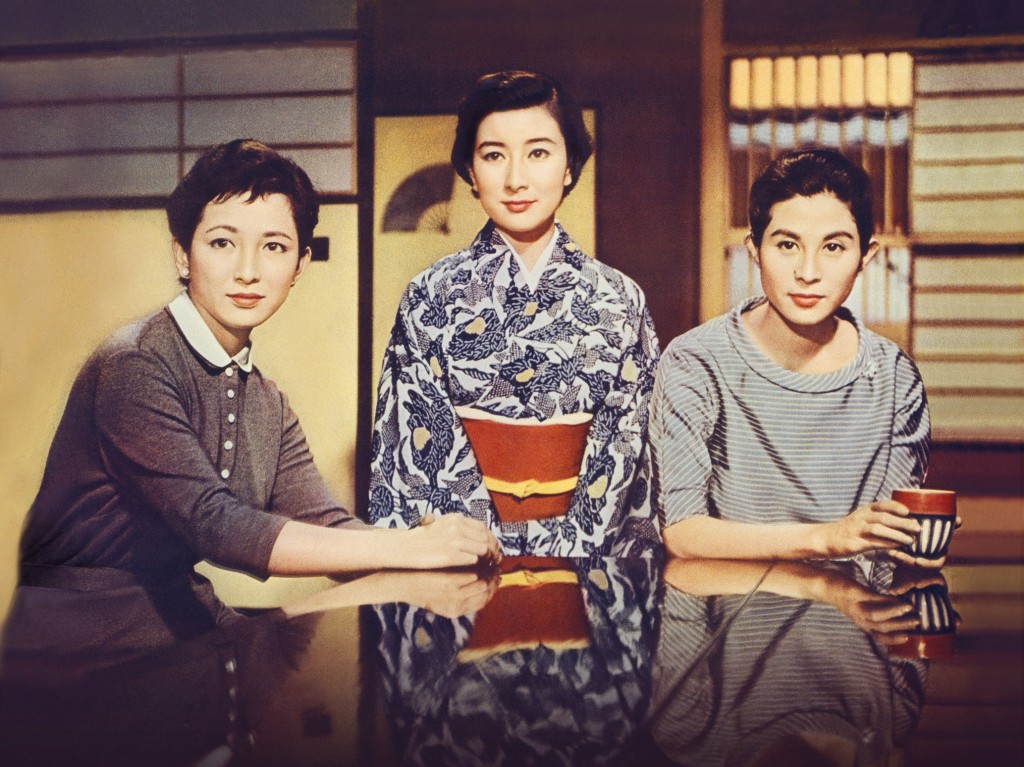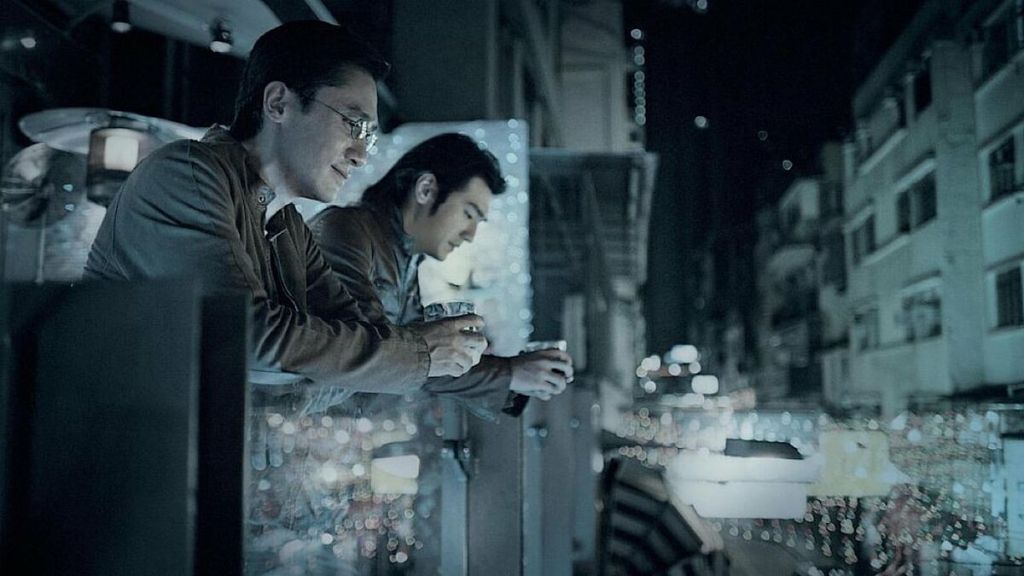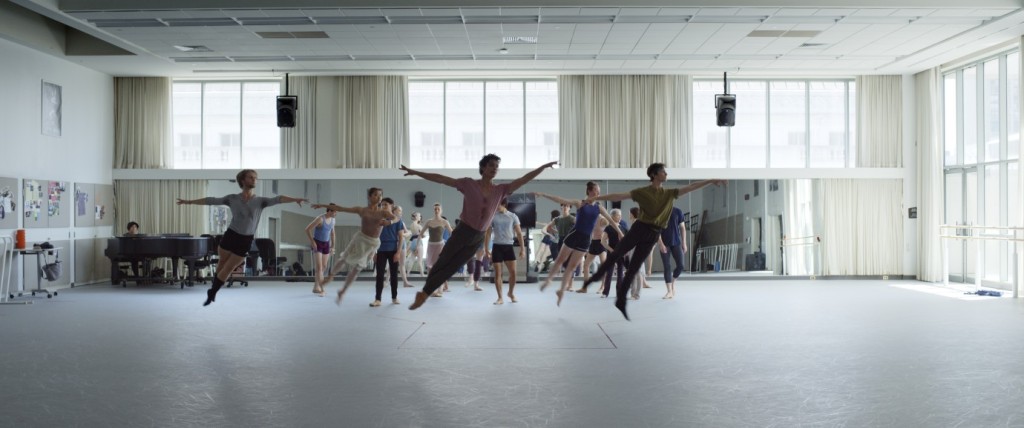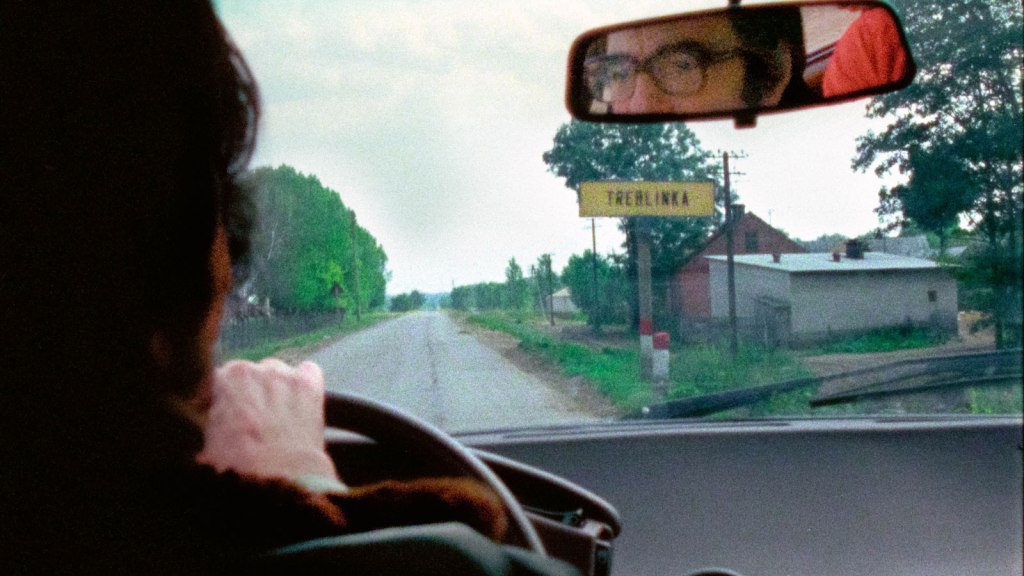In Ozu Yasujiro’s Equinox Flower (1958), a middle-aged father is asked by one of his friends for advice – only to find that advice is a lot harder to swallow when it comes to his own affairs. This gentle comedy is most famous in Japan for being Ozu’s first colour feature, but it is worth remembering on its own merits. This is warm, amusing, and socially insightful commentary from Japan’s best-ever filmmaker.
Hirayama Wataru (Saburi Shin) is approached by an old school friend (Ryu Chishu) with a request to speak to his daughter (Kuga Yushiko), who has gone against tradition by arranging her own marriage. When Wataru meets with the young woman, he is quick to appreciate her point of view. When Wataru discovers, however, that his own daughter Setsuko (Arima Ineko) has arranged a marriage of her own, he is immediately less supportive: pitting him against his wife (Tanaka Kinuyo), his future son-in-law (Sada Keiji), and his daughter’s friend (Yamamoto Fujiko).
There are few directors as consistently accomplished and effective as Ozu, and Equinox Flower proves no exception. After a particularly long run of dramas, he allows this low-key family crisis to express a strong degree of light-heartedness. That said, the carefully incisive manner in which Ozu reflects and interrogates mid-20th century Japan remains fully intact. In many ways this seems a generalised battle between the generations, but its cultural context allows it to feel particularly distinctive and original to the international viewer.
The cast are excellent, particularly Saburi Shin: a semi-regular actor in Ozu’s work, he clearly knows through experience how to best take advantage of the director’s personal idiosyncrasies in camera placement and editing. Tanaka Kinuyo plays Wataru’s wife Kiyoko with good humour and grace, and a surprising amount of power in the home.
Ozu was reportedly disinterested in shifting from black and white to colour, and only did so at the behest of his studio Shochiku. They had paid a large amount to borrow co-star Yamamoto Fujiko from rival Daiei, and were insistent on showcasing the popular actor as much as they could. Assuming this is true, Ozu still manages to transfer to the colour medium with style, allowing a palette of soft greens and browns to dominate the screen alongside deliberately restrained flashes of red. It is a far more subtle use of colour than one normally sees, and suits Ozu’s withdrawn subtleties wonderfully.
Ozu’s films work so well because he focuses so closely on screenplay and performance. He established a visual aesthetic early on, and stuck to it with a near-religious fidelity. He never engaged in hyperbole or exaggeration, and instead allowed his characters to interact in believable and seemingly authentic ways. He was, throughout his career, an exceptional guide to Japanese daily life: making his characters feel real, and the tiniest of domestic incidents feel important. Equinox Flower is no exception.





Leave a comment